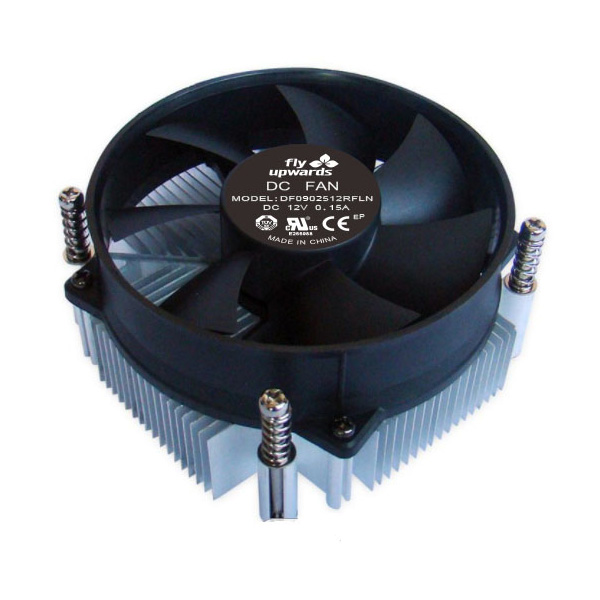Brief introduction of axial flow fans and air supply form
2022-05-24
An axial flow fan is a fan in which the blades push the air to flow in the same direction as the shaft during operation. This classification method according to the direction of the blade pushing the air and the direction of the shaft can be divided into: axial flow fan, centrifugal fan, cross flow (cross flow) fan, mixed flow fan. The most widely used form of axial flow fans is to use axial flow fans to blow downwards. The reason why they are so popular is that the overall effect of axial flow fans is good and the cost is low. In addition, the direction of the axial flow fan is reversed and turned into a form of upward draft, which seems to be becoming more and more common recently. The difference between the two types of air supply lies in the different air flow forms. When blowing, the turbulent flow is generated, and the wind pressure is large but it is easy to suffer resistance loss; when the air is exhausted, the laminar flow is generated, and the wind pressure is small but the air flow is stable. In theory, the heat transfer efficiency of turbulent flow is much greater than that of laminar flow, so it has become the mainstream design form. However, in some heat sink designs (such as overly tight fins), the airflow is very hindered by the heat sink, and in this case, it may be better to use exhaust air. How to judge which air supply methods to use? Generally speaking, when the heat in the equipment is relatively dispersed and evenly distributed, and the wind resistance of the cooling surface is relatively small, exhaust air cooling is usually used; when the heat distribution in the equipment is uneven, the wind resistance is large, and in the case of a large number of components, blast cooling is usually used. If necessary, fans can be connected in series (increase air pressure), in parallel (increase air volume) or in combination. Of course, it cannot be generalized. When choosing a suitable cooling fan for the device, you should consult a professional according to your actual usage.





